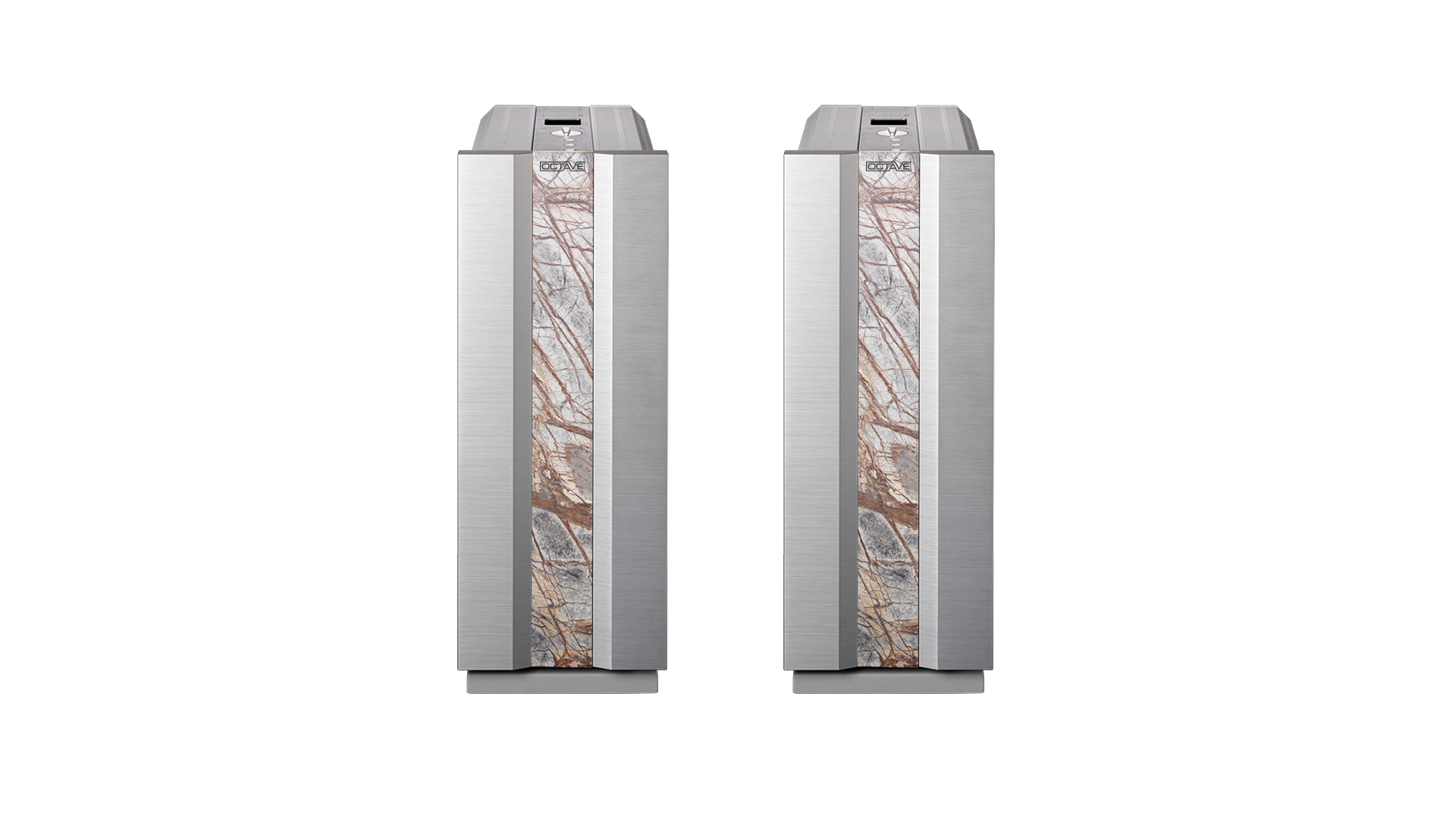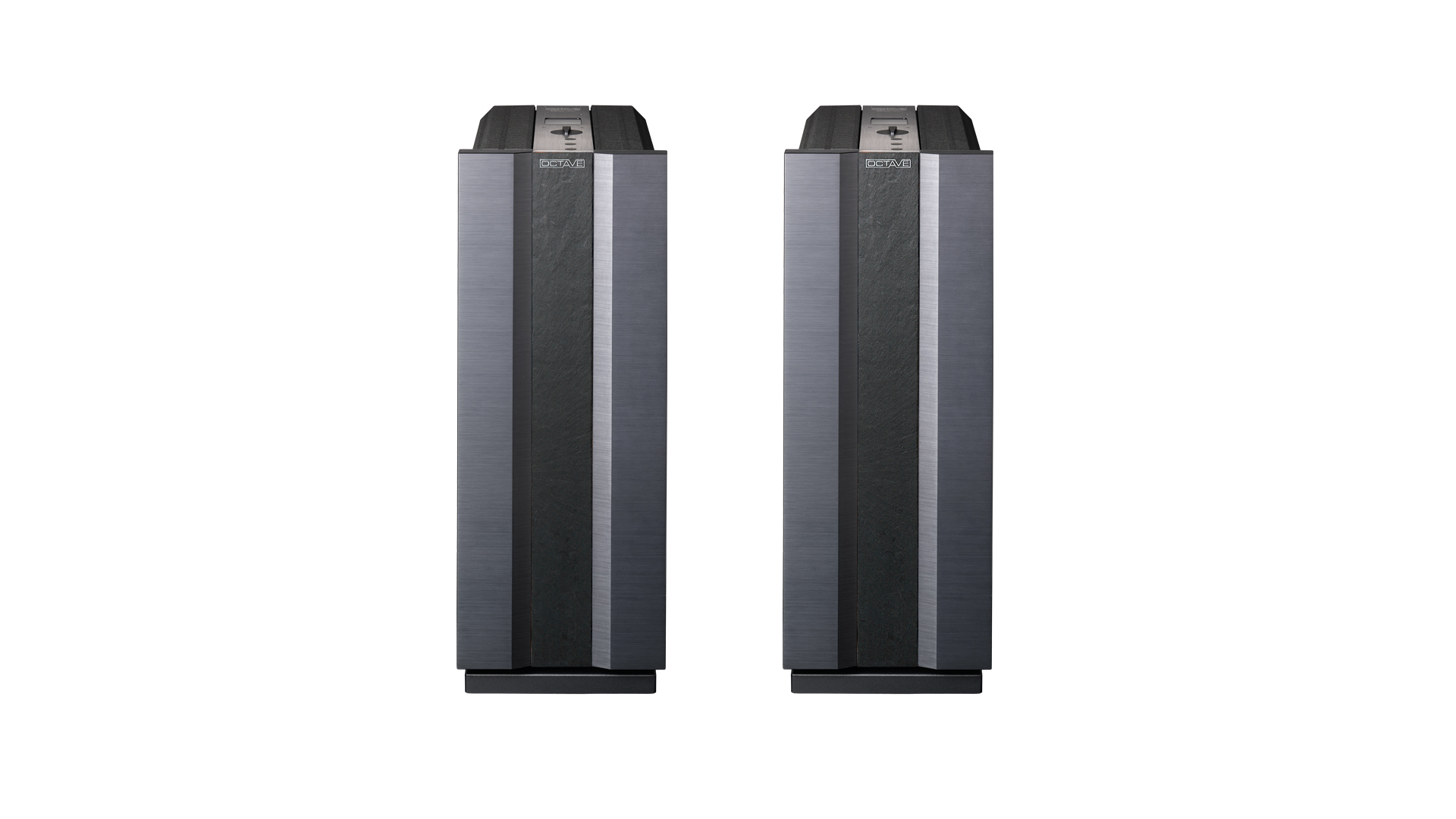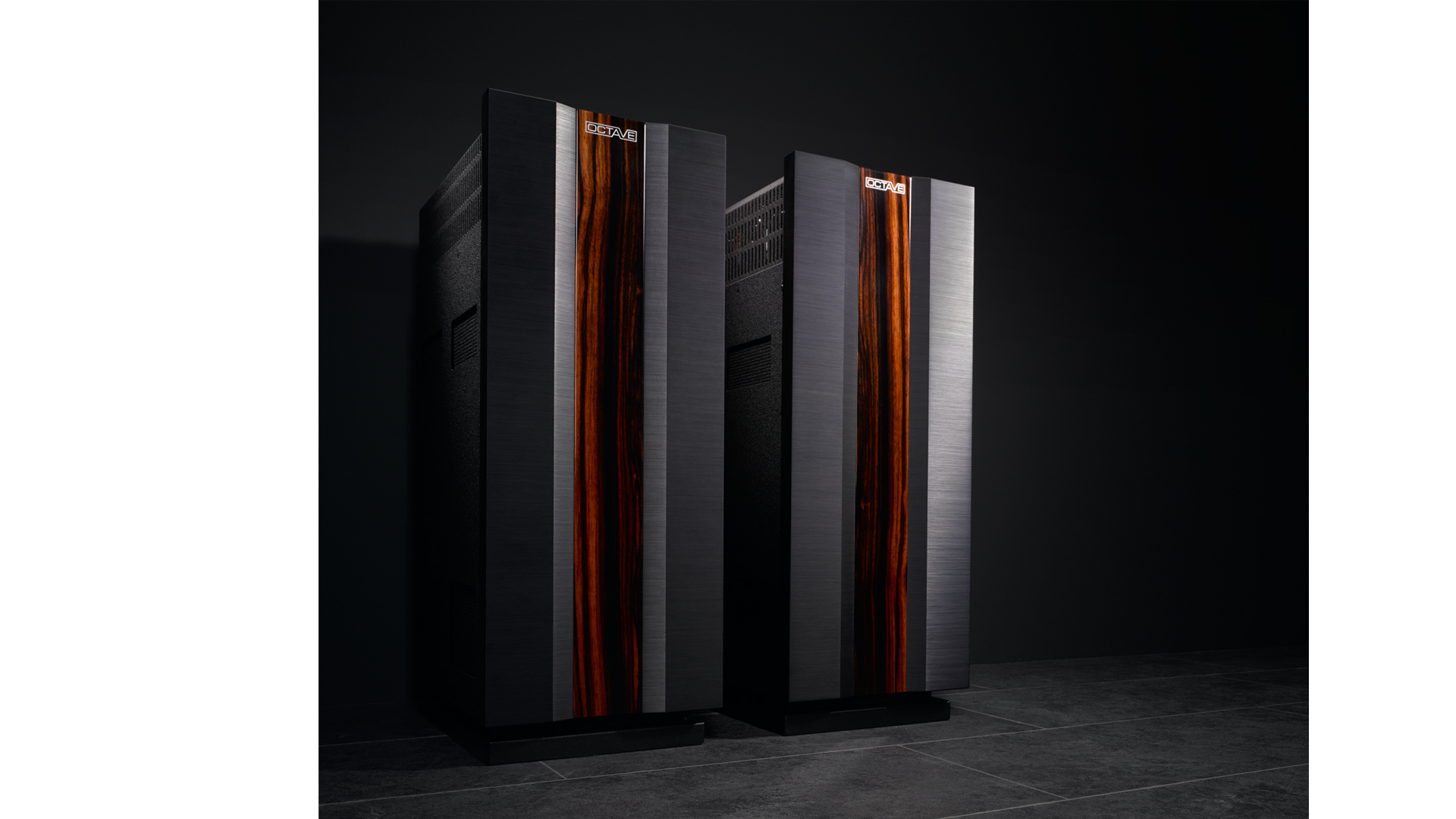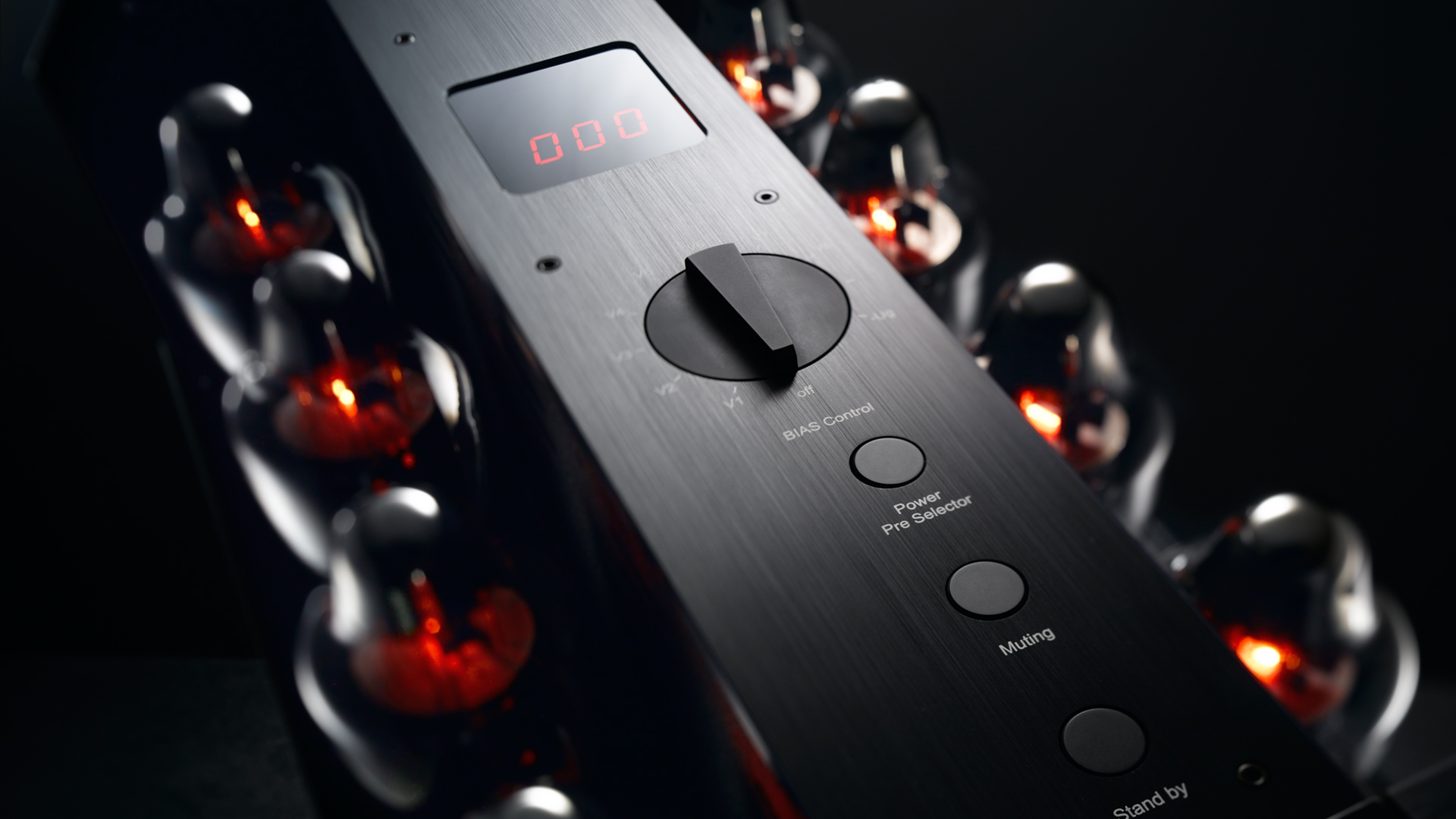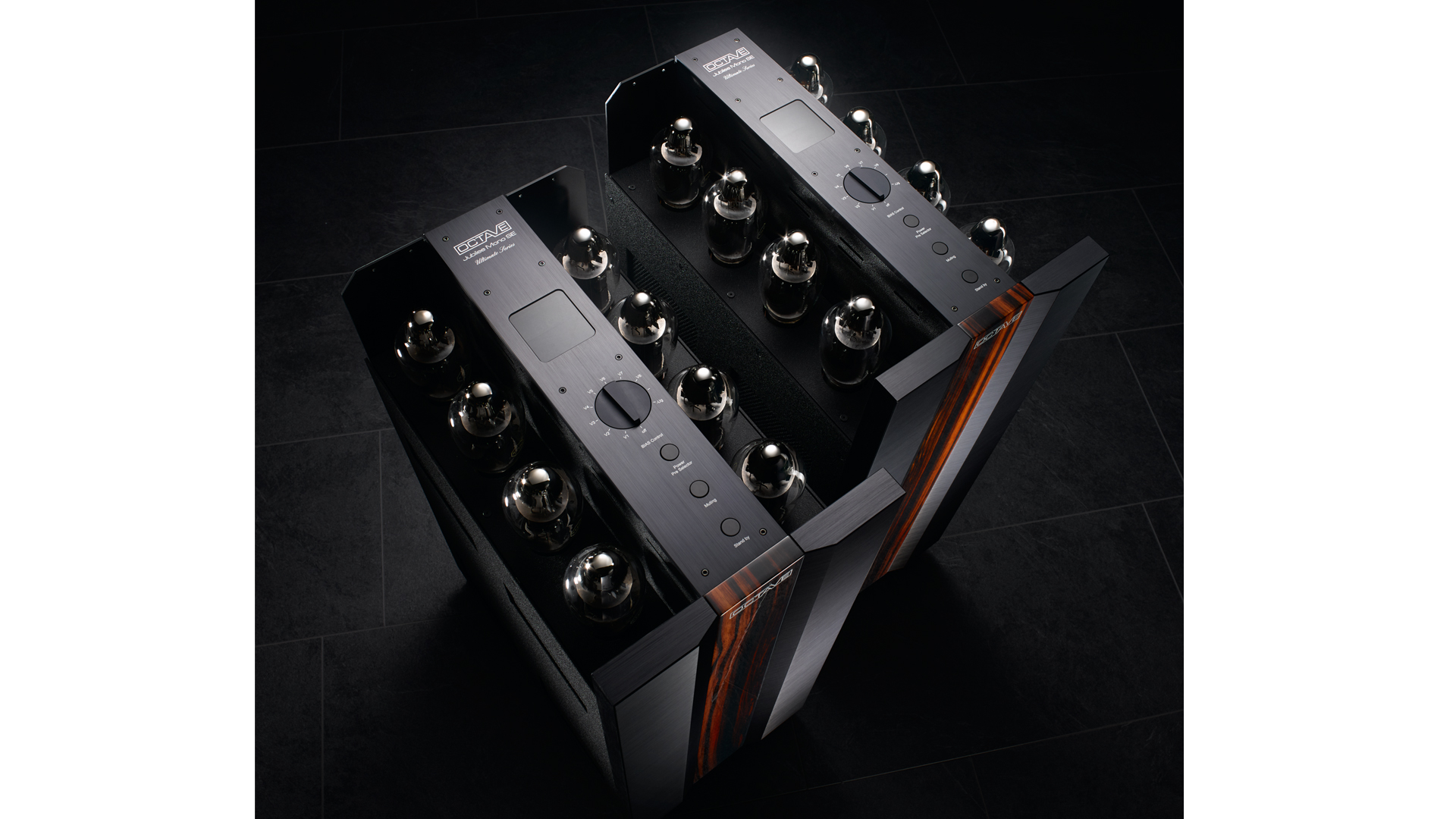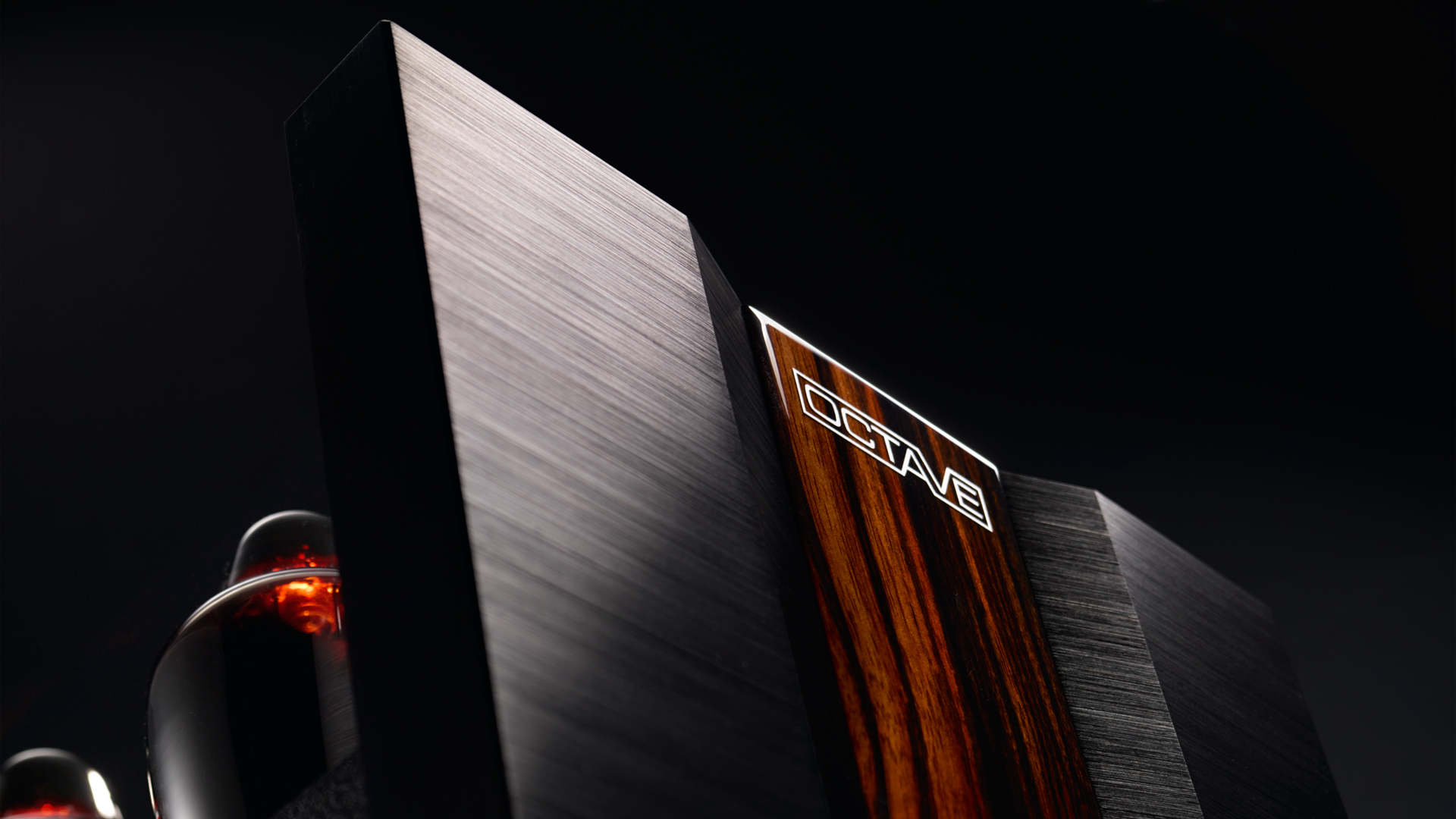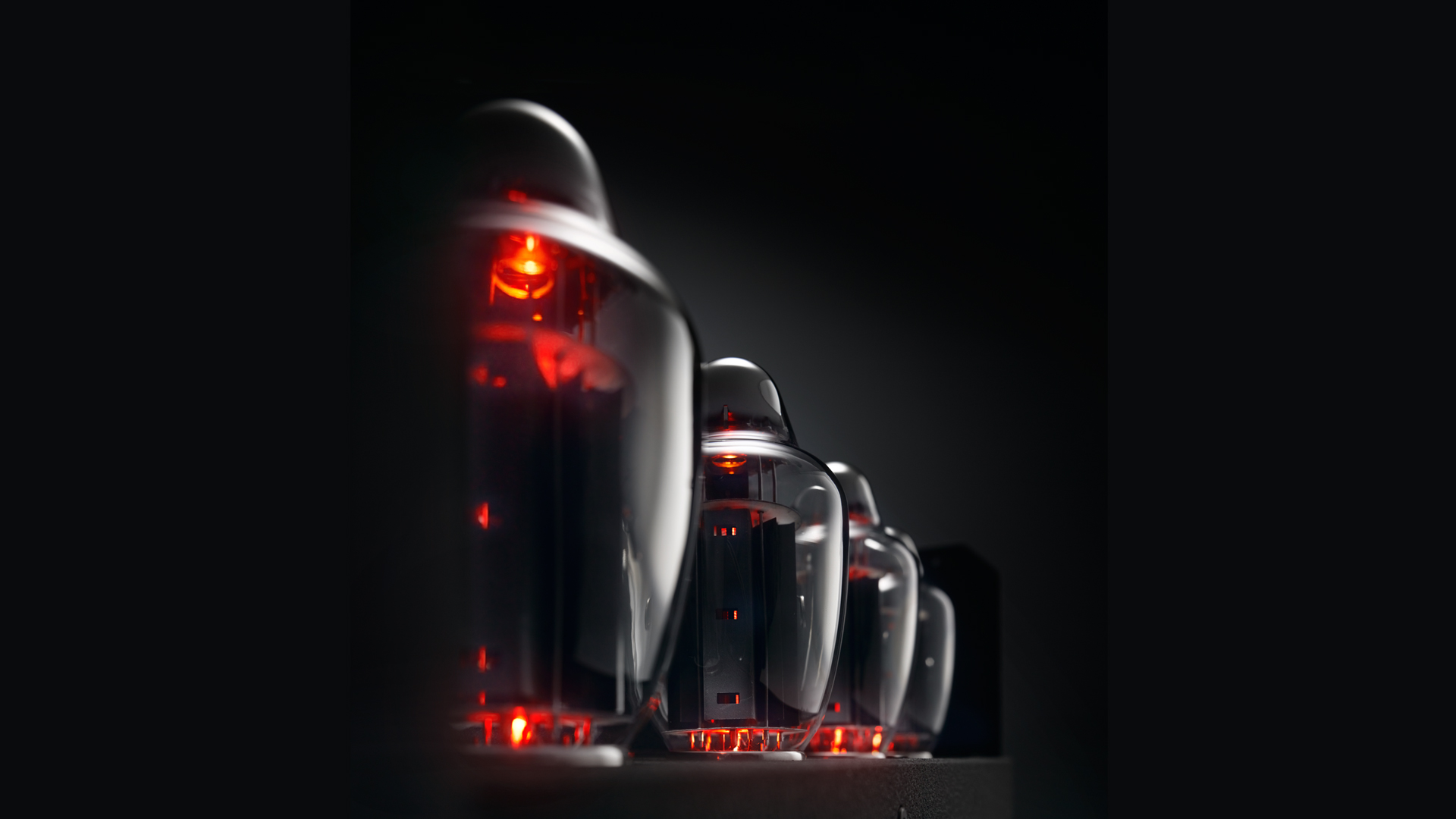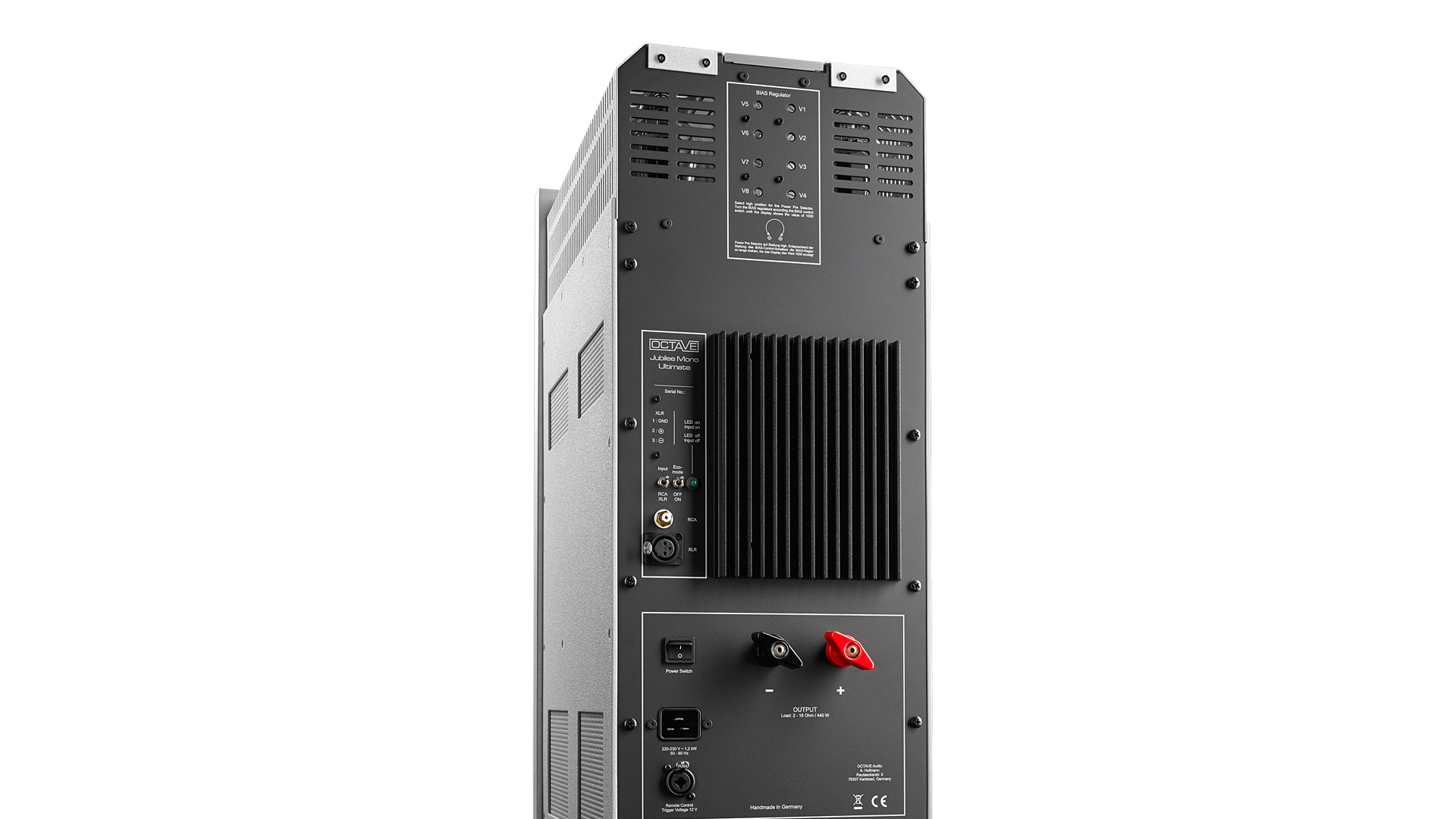Description
The Jubilee Mono Ultimate: not an evolution, a revolution.
Octave is proud to introduce the revolutionary successor to its flagship Jubilee Mono SE amplifier model: the Jubilee Mono Ultimate, the new flagship of the Octave power amplifier range.
In 2000, the first Jubilee Mono represented a milestone for high-end tube amplifiers with an output of 250 W, immense power reserves and Octave Power Management for rock-solid performance and reliability. In 2016, design and performance were improved with the introduction of the Jubilee Mono SE (Special Edition) further developed: Eight KT 120 tubes generated an output power of 400 W per channel.
Now, in 2023, it was time for a new development: The Jubilee Mono Ultimate is the most sophisticated amplifier design in the company's portfolio to date and features a variety of new technologies including eight KT 170 tubes with 440 W per channel and a gigantic "super transformer".
The basic idea of the Ultimate series is the extreme expansion of the bass range or the power range.
This expansion into the seemingly inaudible frequency range radiates into all other hearing areas. Although not immediately obvious, the critical midrange in particular benefits significantly from a deep and precise bass foundation. The influence that the lowest, almost inaudible low bass range has on the musicality of the midrange is significant. This basis enables the physicality, the spatial depth and the ebb and flow of the musical elements - as is the case with live music. Even more details on how we got there: For most amplifier designs, an increase in power bandwidth is usually associated with an increase in distortion. Andreas Hofmann, Octave founder and chief designer, has developed a completely new output transformer and a new, complementary driver stage for the Jubilee Mono Ultimate, which virtually eliminate this effect and therefore enable an unsurpassed dynamic range. This is a path that no one can tread like Octave, as we have been designing and manufacturing bespoke transformers ourselves for decades, using our own technologies. This allowed us to develop an oversized output transformer for the Jubilee Mono Ultimate with the necessary power bandwidth of 10 Hz to 100 kHz, with virtually no increased distortion. This was achieved, among other things, by using a special wrapping technique to counteract the skin effect, which degrades the characteristics of the upper frequency range.
For example, the speaker windings of the output transformer more than doubled compared to normal designs, increasing the surface area of the windings by 50%. This winding technique contributes significantly to the incredible resolution and smoothness that characterizes the Jubilee Mono Ultimate in the mid and high frequency range. Otherwise, we use four transformers that were specially developed for the Jubilee Mono Ultimate: the gigantic output transformer, a separate transformer for the power tube heater and a double line transformer system for the power section of the power amplifier. In the heavily modified driver stage, Andreas Hofmann addressed, among other things, the problem of exact phase relationships: the more precisely phase and anti-phase are generated and amplified in a push-pull power stage, the better the power stage works in the bass and especially in the treble. We have come a big step closer to the ideal of this amplifier principle. Together with the expansion of the performance range, the new driver stage represents a new development approach in the spirit of “No Loss of Fine Details – without Limits”.
In every respect, the Jubilee Mono Ultimate achieves a beauty of sound reproduction that rivals the sound of a single-ended power amplifier, but without the inherent limitations that such designs impose. With the Octave Jubilee Mono Ultimate you can experience music the way it should be - intense, emotional and unforgettable.
What's new?
- KT 170 output tubes
- Oversized ultra broadband output transformer
- Speaker windings using multi-wire technology to minimize the skin effect
- Further developed driver stage with changed tube layout
- Mains transformer unit with 3 mains transformers
- New power supply electrolytics with higher current delivery capability
- BIAS display and setting with significantly higher long-term precision Resonance-optimized base construction (8 mm aluminum, 2 mm steel, 50 mm X-MDF)
Of course, the Jubilee Mono Ultimate has power management with soft start electronics, the protection system, eco mode, a BIAS setting and display. (See technology for description)



